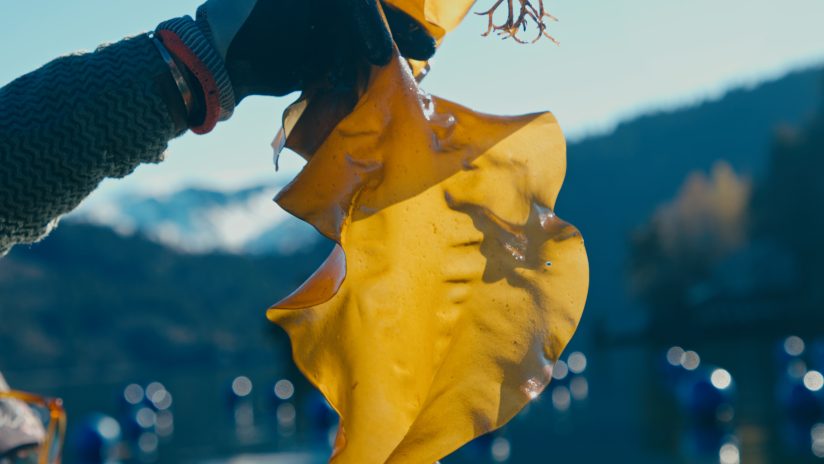
The Aquatic Farm Act was signed into law on June 8, 1988, authorizing the Commissioner of the Alaska Department of Fish and Game (ADF&G) to issue permits for the construction or operation of aquatic farms and hatcheries to supply aquatic plants or shellfish to farms. It has established the regulatory structure and capabilities for the state to oversee and support economic prospects for mariculture farming in Alaska. With that, local farmers benefit from a supportive regulatory environment, technical assistance, and industry support from state agencies, the University of Alaska, and other industry partners.
Alaska Mariculture Aquatic Permits - Interactive database
Dive into the Alaskan operations ecosystem, based on official databases from ADFG and DNR, combined with Hatch Blue research.
Use full-screen mode for a better view, and the “Map Guide” and i icon to learn how to engage with the dashboard.
Found an error? Reach out to us at: nitzan@hatch.blue
According to the seashore configuration, local permitting rules, and traditions, farmers have to choose both the farm site and the farming technique appropriate for the site.
An operation permit from the Alaska Department of Fish and Game (ADF&G) and Alaska Department of Environmental Conservation (ADEC) dual-permitting process is required to engage in aquatic activities. You can apply for an operation permit on the ADF&G website annually between January 1 and April 30. Additional permits from ADF&G are required to transport species between nurseries and farms and to collect wild stock for seed production. If your site is located on state tidelands or submerged lands, you must have a lease through the Alaska Department of Natural Resources (ADNR). Additionally, you need a permit from the U.S. Army Corps of Engineers (USACE) to place your farm equipment in the water.
To address the permits and regulations bottleneck, ADF&G launched a new online portal called My Farm in the fall of 2022. This allows permit holders to see the details of their operation permit, view and apply for additional permits, as well as submit annual reports submissions using several features.
The state's regulatory environment allows for flexibility in addressing any conflicts that may arise, enabling innovative solutions to maximize the utilization of Alaska's extensive coastline for sustainable mariculture practices. More information is available in the Alaska Aquaculture Permitting Guide (2021).
Our Alaskan regulatory environment and leasing environment here are very favorable, and if you can't get through that, you're going to fail anyway.
Unlike land-based farms, sea farms operate in state waters (i.e. those out to 3 miles from shore) collectively owned by the state's citizens. Choosing the right farm site not only ensures compliance with regulations aimed at protecting the environment but also plays a key role in minimizing controversies during the application process.

In June 2023, NOAA Fisheries, in collaboration with the state of Alaska, announced a plan to designate and study Aquaculture Opportunity Areas (AOAs) in state waters. These AOAs are selected regions suitable for commercial aquaculture based on environmental, social, and economic criteria. The AOAs will be determined through analysis, Indigenous Knowledge, and public input, focusing on invertebrate and seaweed aquaculture to guide new farmers and managers in making informed decisions.
The AOA process aims to streamline permitting through robust ecological analysis, provide data on competing uses and environmental factors within each AOA, increase investor confidence, and ultimately foster responsible industry growth.
State regulations limit the amount of surface area within a bay that may be leased to aquatic farms to 1/3 or less of a bay, bight, or cove. Therefore, most sites are relatively small (on average ~13 acres) compared to the waterbodies they are located in. Consequently, it is assumed that there is no immediate concern regarding resources shortage or outcompeting other phytoplankton-fed native species.